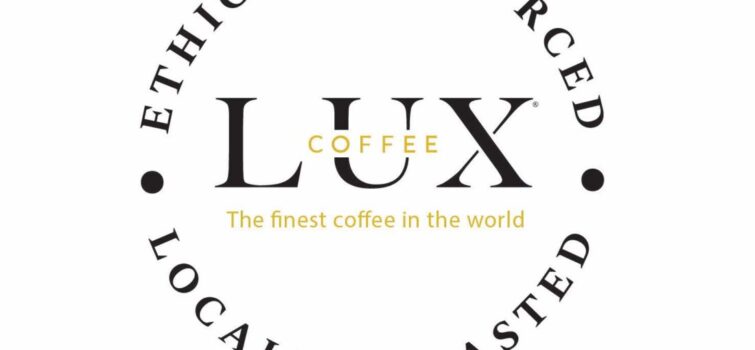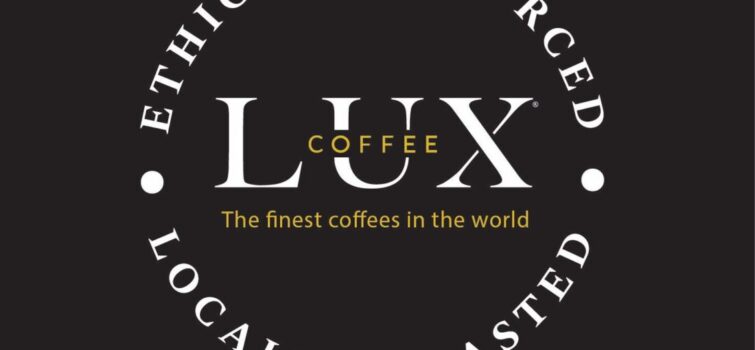Get to Know the Ins and Outs of Vietnamese Coffee Culture
In Vietnam, coffee is enjoyed at all times of the day, from the first glass at breakfast, to meetings, dates or social gatherings with friends and family. Coffee has a special place in Vietnamese culture, and this simple drink forms the epicenter of daily life. Recently, I had the opportunity to participate in a coffee demonstration when cruising aboard a luxury boat with Emperor Cruises, on the pristine Bai Tu Long Bay. The presentation allowed me to really understand the origins of coffee in Vietnam, the steps involved in making the perfect cup coffee, and the various regional differences in how people enjoy their coffee from North to South.
 The Origin of Coffee in Vietnam
The Origin of Coffee in Vietnam
Cà phê, café or coffee, depending on which language you speak, originated in the West, and the French have been importing it into Vietnam since colonial times. Back then, coffee was a drink reserved only for the nobility, French officials or intellectuals. Gradually, coffee has become a favorite drink in the lives of all Vietnamese people. In the 1870’s, the first coffee trees were planted at churches in Ha Nam, Quang Binh, Kon Tum Province by monks. In 1888, the first coffee plantation was established in Ke So, Tonkin by the French residing the riverside area. As it became more popular, other plantations were created in highland areas such as Phu Quy, Nghe An, Dak Lak and Lam Dong. Today, Vietnam is the world’s second largest producer of coffee beans and has developed its own distinct coffee culture. Across the country, cultivation focuses on three main types of coffee: Arabica, Robusta, and Excelsa (also known as Liberian coffee).
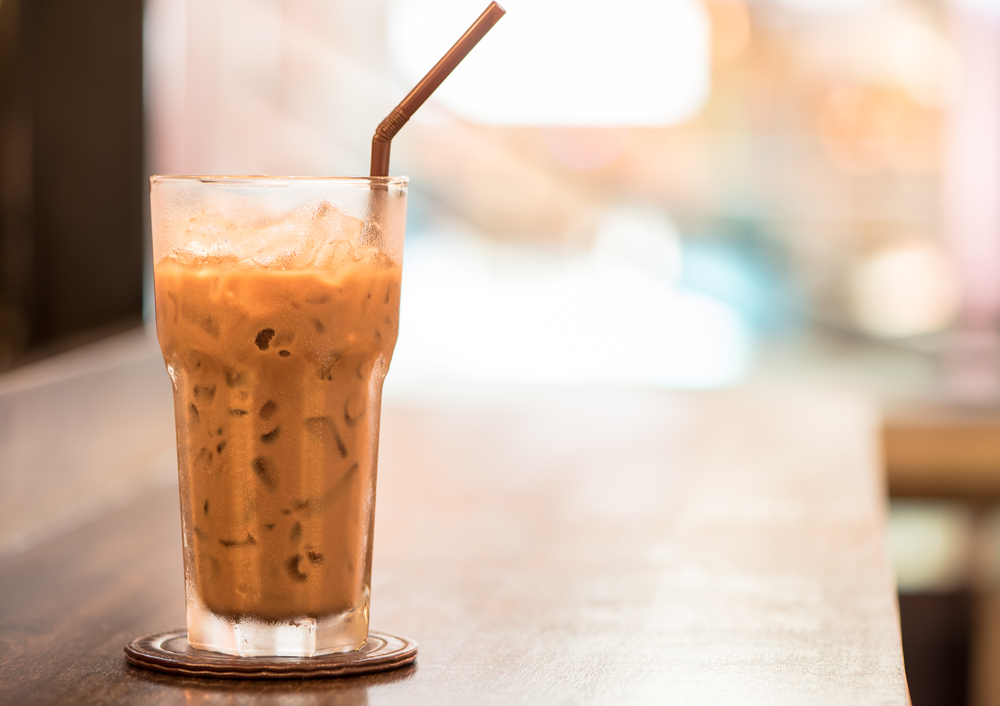
Drinking Style
The sophistication of coffee is reflected in the drinking style of Vietnamese people, who each have their own unique way in which to enjoy it. They don’t consider it a quick caffeine fix to wake you up in the morning like in America. Instead, they sip a cup of coffee and think about life in the same way you might indulge in a good glass of Scotch. The beans are mixed in different ways to create various flavors. The three main coffee styles in Vietnam are filtered, iced, or with condensed with egg or coconut to enhance the taste.
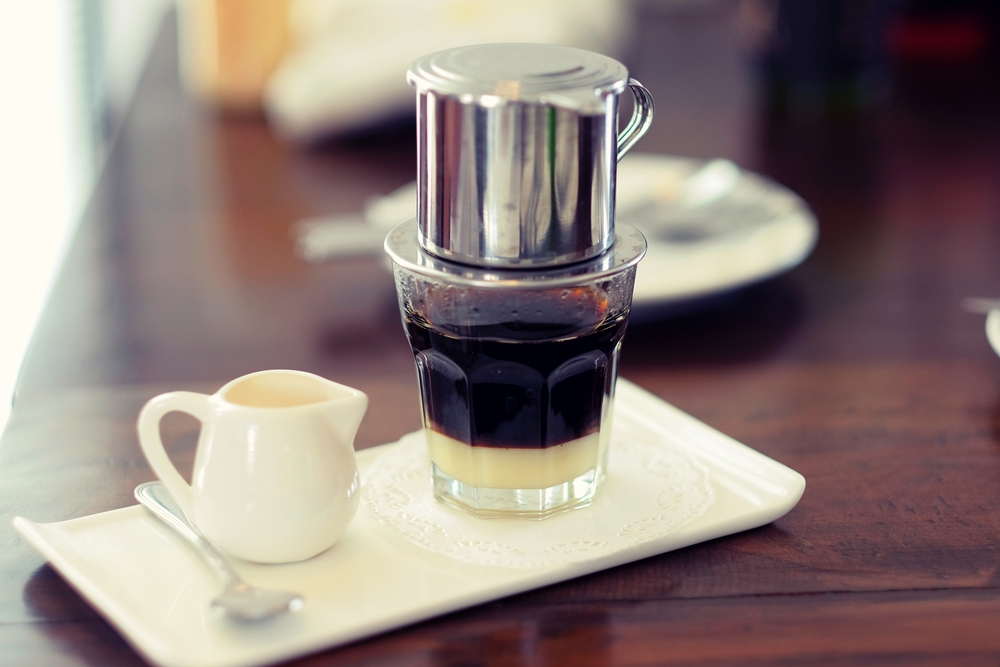
Filtered Coffee
Coffee in Vietnam is often brewed in small metal filters known as a “phin” (which comes from the French word, “filtre”). The Vietnamese filter is akin to a tiny coffee pot that looks like a hat sitting atop the cup or glass. Inside is a chamber for the ground coffee beans, which are placed inside, and hot water is added and allowed to percolate through the small holes. The process can take up to fifteen minutes to complete, and this harks back to the Vietnamese ritual of taking one’s time over coffee.
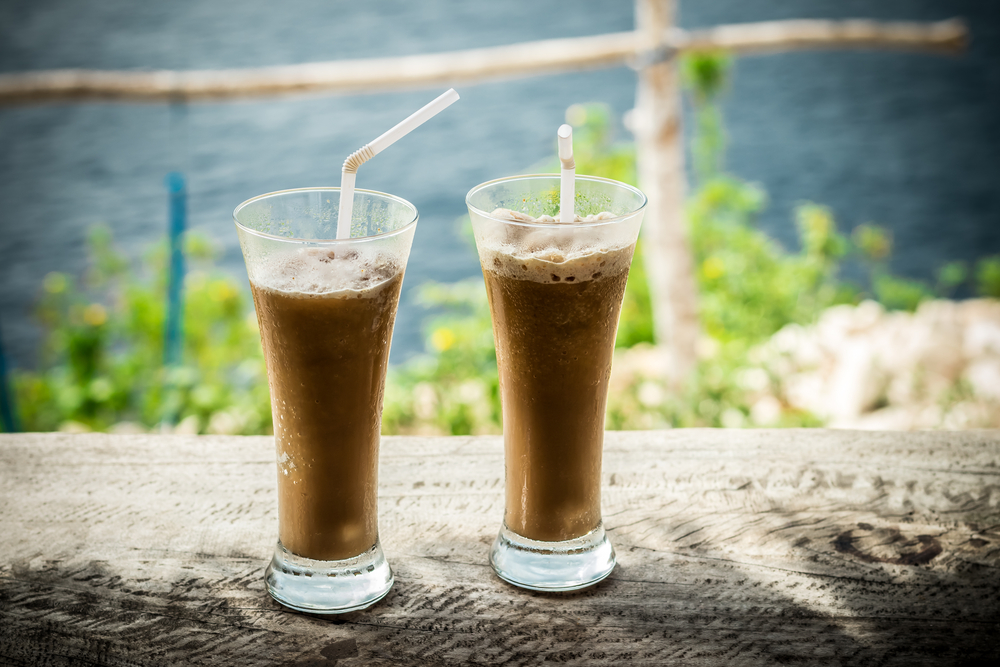
Iced Milk Coffee
Iced milk coffee (Cà phê sữa đá) consists of filtered coffee with condensed milk, which adds a sweet taste to the typically bitter coffee. Iced milk coffee and iced black coffee are the two most popular types you will find in coffee shops or at home. Vietnamese iced milk coffee was voted one of the 15 best coffees in the world by the renowned American travel magazine, Condé Nast Traveler, and is also considered one of the top 10 most unique and delicious coffees of the world by Bloomberg.

Egg Coffee
While adding an egg to your coffee appears very strange to foreign visitors, egg coffee is a favorite of the residents of the country’s capital, Hanoi. Egg coffee is made up of coffee, eggs, and milk—three simple ingredients that when mixed, create a unique flavor. This coffee must be enjoyed as soon as it has been mixed and is still hot. In Hanoi, egg coffee is famous as a culinary specialty, first appearing in the early 20th century. The most famous coffee shop is Giang Café.
Differences in Coffee Culture
Different regions in Vietnam have their own distinct way of preparing and enjoying a coffee. For example, Southerners often wrap ground coffee in a thin fabric bag and cook it in an earthenware kettle, preferring to drink iced coffee. Northerners usually choose filtered coffee and black or brown coffee beans that have a very strong flavor. All coffee shops have their own unique character and styles, and many have been operating from generation to generation.

Saigon
For the Saigonese, iced coffee is a popular drink for all ages. When you say “Coffee?,” it is an excuse to invite friends for good conversation. The cups of coffee become the link between two or more people. You will see men who are drinking coffee with the daily newspaper, sitting on low plastic stools on the sidewalk, while the coffee shops are full every morning. “Cafe bệt” is a humorous term used in Saigon, where everyone sits freely on the ground to drink coffee. Notre-Dame Cathedral Basilica is the ideal place for this type of coffee. Here, black coffee and milk coffee are not brewed using filters, and they are often served in plastic cups with straws so you can drink on the move.

Hanoi
One of Hanoi’s oldest cafés, Cafe Lam Hano is a one-room establishment that is practically a historical monument. Its proprietor, Nguyen Lam, provided coffee, and often loans, to the city’s impoverished artistic community during the war. Rumor has it that he is sitting on an art collection now worth a fortune. He serves Vietnamese-style hot and iced coffee to a crowd of faithful regulars. Many of the great names in Vietnamese painting have passed through here: Nguyen Sang, Nguyen Tu Nghiem, Van Cao and Bui Xuan Phai, a veritable collection of masters in Vietnamese art culture.
Cafés in Hanoi are commonly named after the owner, and many streets are devoted to coffee shops, such as Hoe Nhai, Phan Dinh Phung, Nguyen Huu Huan and Trieu Viet Vuong. In Hanoi, coffee is the most favorite drink of artists, the elderly and businesspeople. They consider drinking coffee as an art that hides a long story.
Hanoians have a much greater variety of names for their coffee compared to the Saigonese. One regional specialty is brown coffee (cap phe nau). It is served with condensed milk without ice, and is considered far more bitter than the Saigon version. Because of its small size and dense population, Hanoian coffee shops are simpler than in Saigon, and locals prefer to drink in small cafes in the Old Town or on the sidewalk.
Frenchman falls for VN coffee
In the 1930s, the Morère family introduced and started to plant coffee in the highlands of the central province of Lâm Đồng, a region renowned for yielding some of the best quality coffee in the world.
Coffee, one of Việt Nam’s worldwide renowned specialties, was introduced to the country in 1875 by the French during their colonialisation of Indochina. Coffee plantations were located in the Central Highlands and owned mostly by the French.
This was the same year the Morère family moved to the country and settled down near Đà Lạt. They grew coffee in the 1930s in the Central Highlands, a region renowned for yielding some of the best quality coffee in the world.
The August Revolution in 1945 put an end to the French colonial time in Indochina and Việt Nam became independent. France did not want to lose its colony and came back until the decisive battle of Điện Biên Phủ, where the much better-equipped French army lost to young Việt Minh troops in 1954.
Pierre Morère, a descendant of the original Morère settlers, has continued in his family’s footsteps. His two-hectare coffee plantation in Đạ Sar Village, home to the Mong Cill ethnic people, is located about 20km from Đà Lạt. Morère has been planting Bourbon coffee, a premium type of Arabica coffee that is considered among the finest coffees in the world.
“Bourbon coffee trees grow very well in the natural conditions at an altitude of 1,500m in the highlands. The higher they are planted, together with suitable soil and sustainable agricultural approaches, the better their taste gets,” Morère said. “It was my grandfather who introduced Bourbon coffee to the land in 1930, and then my mother was born there and took over his business.”
Their vast coffee plantation prospered during that period but they had to leave Việt Nam at the end of the victorious anti-French resistance war.
Stories about his parents and the poetic land of beautiful flowers and lenient local people in the Central Highlands continued to intrigue Morère.
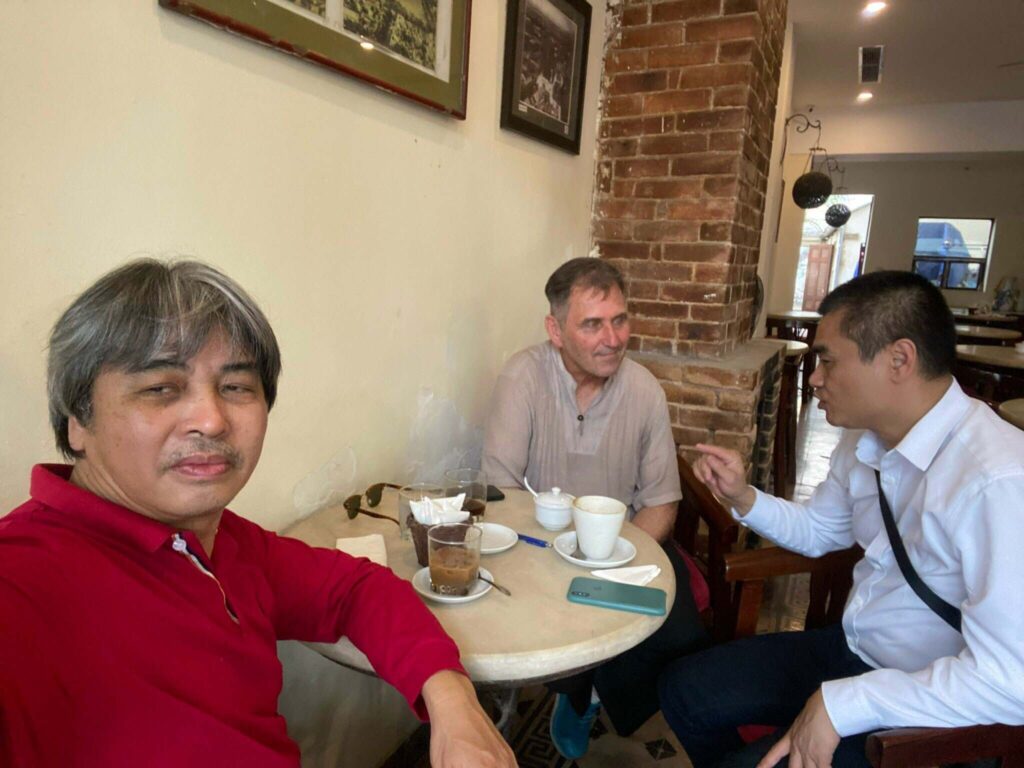
In 1999, he visited the birth place of his mother as a tourist. Eight years later, he decided to quit his job in a real estate company in France and return to Việt Nam to live and work on a feasibility study of the Bidoup-Núi Bà National Park.
In nearby Đạ Sar Village, Morère accidentally met his grandfather’s former workers from the coffee plantation, who were very surprised on seeing him and welcomed him as if he was their relative.
They accompanied Morère to cross over many forests and high hills in search of the precious Bourbon coffee trees that had been abandoned for over half a century. At that time, he decided to re-construct his grandfather’s coffee plantation with the best coffee seeds.
Thanks to his family’s past reputation in the region, he was granted permission to purchase land in Đạ Sar Village by the local authority, an unusual right for a foreigner in Việt Nam, then started to plant Arabica and also managed to locate the Bourbon trees left by his grandparents.
One of his biggest initial challenges was his limited knowledge about planting coffee.
“The paradox of the coffee business is that most of the businessmen in this industry do not study coffee before they step in. I’m one of them. I didn’t know anything about coffee before I discovered the Bourbon coffee in Việt Nam,” Morère said.
“But the ethnic people have taught me how to recognise the Bourbon coffee, how to grow it, how to take care of and harvest it properly. They also taught me everything about the soul of the forest where the coffee is planted, as well as how to start a new life here.”
Bourbon coffee trees are vulnerable to insects so it is one of the most difficult plants to grow, requiring strict natural conditions and specific agricultural techniques. With the aim of producing fresh coffee beans, Morère has managed to create fresh conditions for his trees by planting them in the forest, isolating them from other trees and applying natural anti-insect substances instead of chemicals.
“Coffee, especially the Bourbon, comes from the primary forest so it is best to leave it to grow in its primary condition without pesticides,” he said.
The first coffee trees started to bear fruit after only three years, though in other countries is usually takes four years. According to Morère, this was largely due to the favourable conditions and the climate of the region.
Only the red coffee beans are harvested and are processed totally by hand with the assistance of the Cill ethnic people. Each part of the process is done with great care and responsibility.
“The original taste of Bourbon Morère Pointu is a mixture of aromas from the forest and chocolate, which will make the drinker remember the taste more than any other coffee,” Morère said.
It took him several years to successfully process the coffee beans before creating his own brand name, Bourbon Morère Pointu, and introducing it to prestigious domestic and international customers, notably Annam Gourmet Market and renowned cook Pierre Gagnère.
He has even travelled to Japan to introduce his products to the Japan Coffee Association. The coffee has received much positive feedback on its flavour and quality.
Recently, Starbucks have chosen Arabica Đà Lạt and its premium version, Bourbon, for their coffee stores around the world.
His passion for coffee has made him feel such a close connection with the land where his grandparents used to live that he has no intention of leaving.
“I love coffee, the peaceful life by the forest and the lifestyle of the ethnic people here. I do not feel much difference between them and me. I live the way they live, and I’m very happy to be considered as their sibling and relative.”
“I believe that the coffee planted in Đạ Sar Village will become higher and higher in quality and soon become an economic specialty of the region,” he said. — VNS

